Optimal Timing for Poison Ivy Removal
Poison ivy removal timing is crucial for effective eradication and safety. The optimal period for removal is during late winter to early spring before the plant begins to leaf out. During this time, the plant is dormant, making it easier to identify and remove completely without the risk of spreading urushiol, the oil responsible for allergic reactions.
Late winter and early spring are ideal for poison ivy removal, as the plant is dormant and easier to control.
Removing poison ivy during summer can increase exposure to urushiol, which is most potent when the plant is actively growing.
Fall removal is possible but may be less effective because the plant is preparing to go dormant, and identifying all plants can be challenging.
Proper timing reduces the risk of allergic reactions and ensures complete removal, preventing regrowth.

Dormant plants in winter are easier to spot and remove effectively.
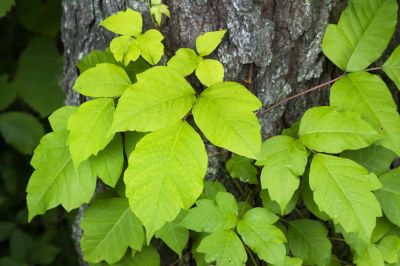
New growth in spring increases urushiol potency, making removal riskier during this period.

Active summer growth requires caution due to higher urushiol levels and dense foliage.
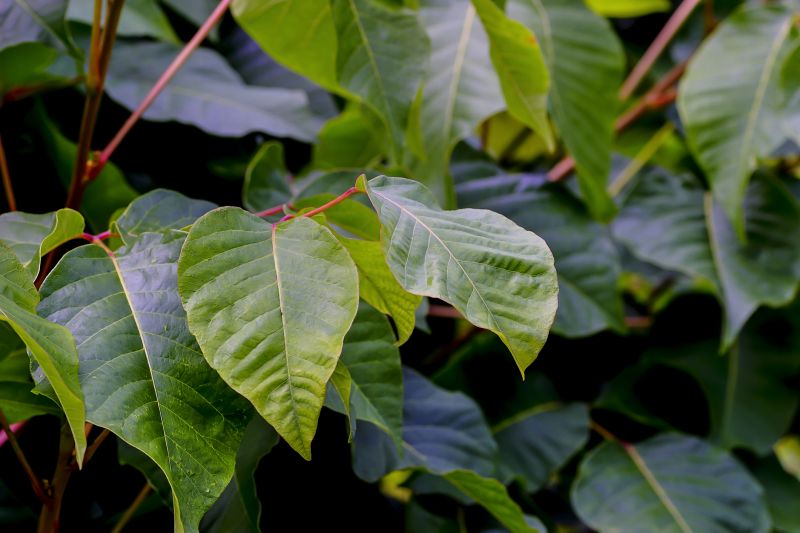
Ways to make Poison Ivy Removals work in tight or awkward layouts.
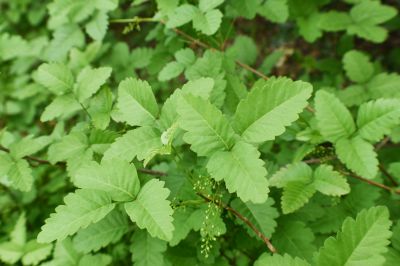
Popular materials for Poison Ivy Removals and why they hold up over time.

Simple add-ons that improve Poison Ivy Removals without blowing the budget.
Poison ivy is a common invasive plant that can cause severe skin reactions upon contact. It produces urushiol oil, which binds to skin and other surfaces, leading to allergic dermatitis in many individuals. Proper timing of removal minimizes exposure and enhances effectiveness. During late winter and early spring, the plant's lack of leaves and minimal growth make it easier to identify and eradicate completely, reducing the likelihood of regrowth and spread.
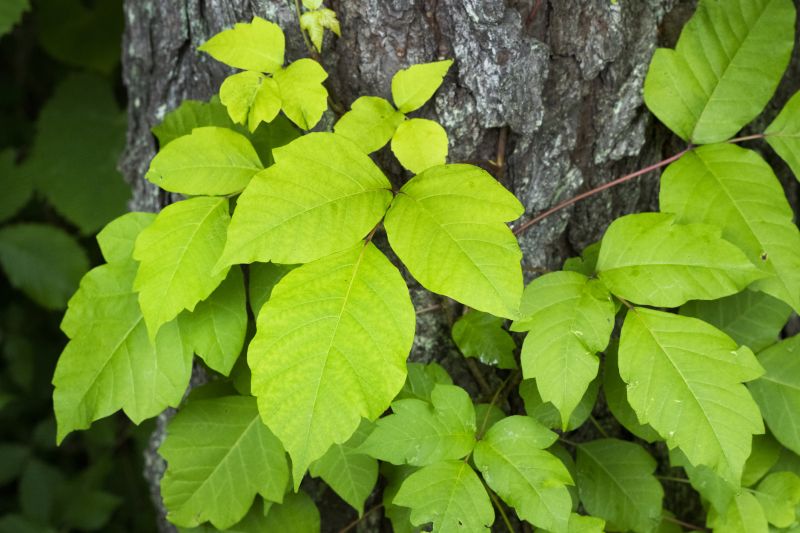
Bare branches and stems are visible during dormancy, aiding identification.
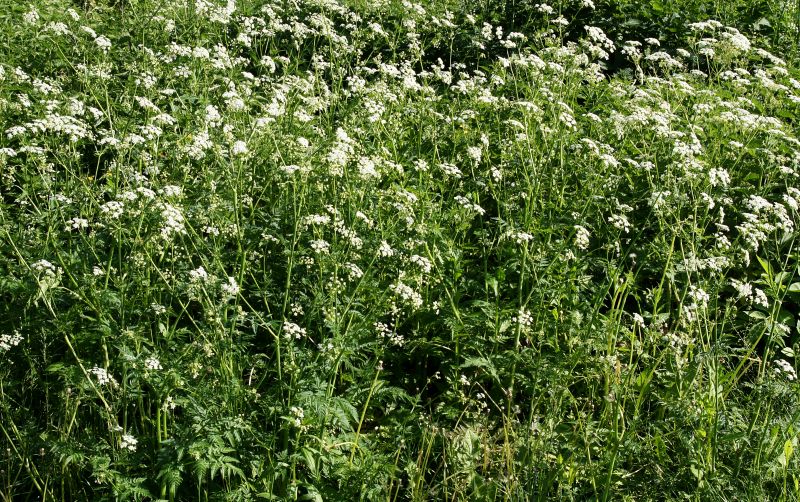
New leaves emerge in spring, increasing urushiol levels and removal difficulty.
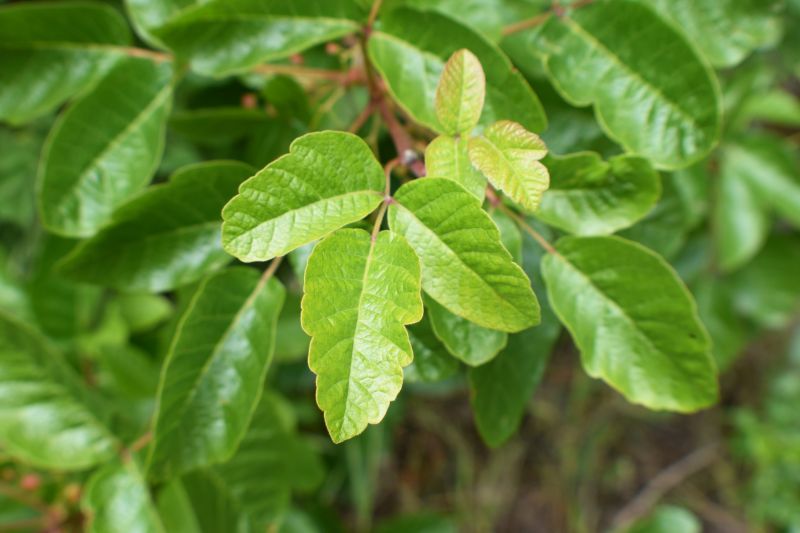
Dense foliage makes removal more challenging and risky during summer.
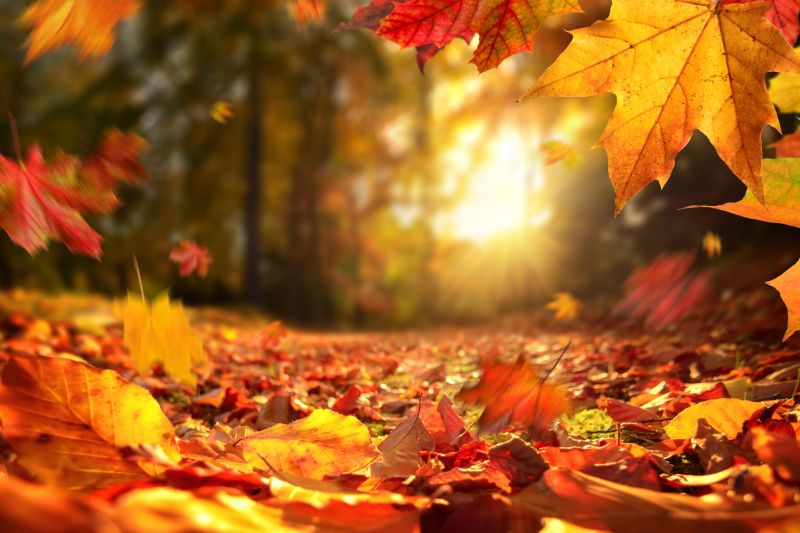
Color changes and leaf drop can obscure plant identification in fall.
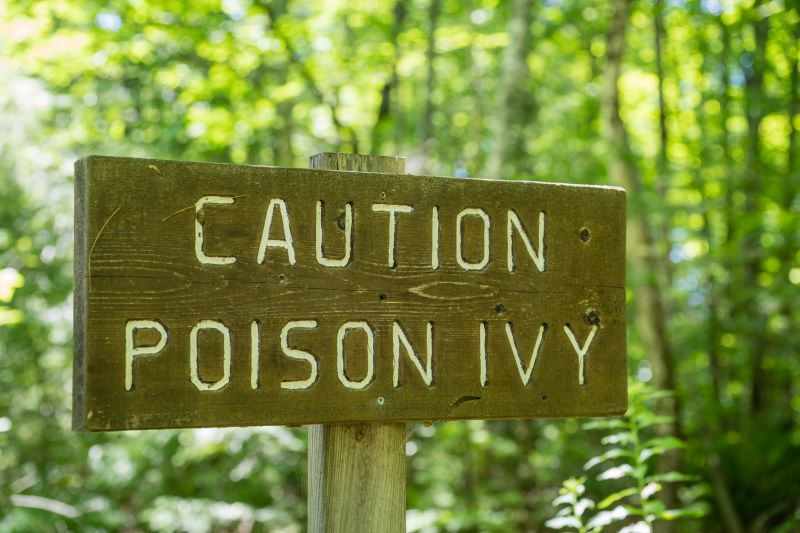
High-end options that actually feel worth it for Poison Ivy Removals.
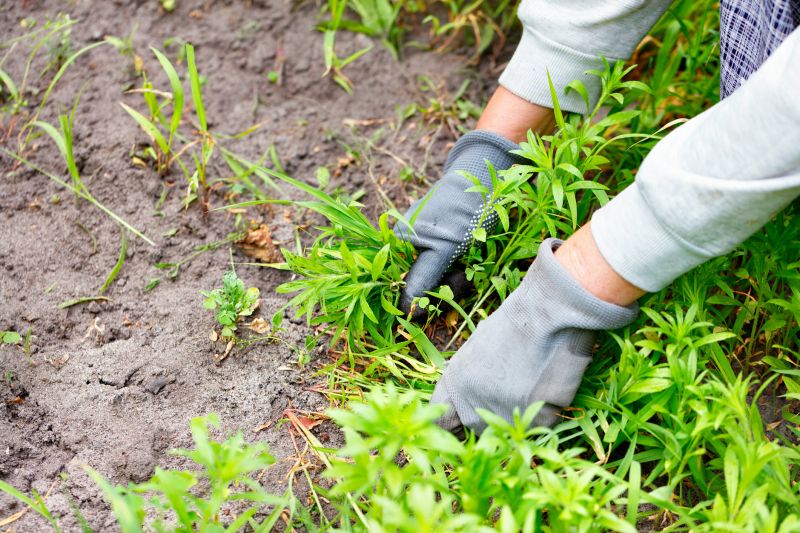
Finishes and colors that play nicely with Poison Ivy Removals.

Little measurements that prevent headaches on Poison Ivy Removals day.

A 60-second routine that keeps Poison Ivy Removals looking new.

A frequent mistake in Poison Ivy Removals and how to dodge it.
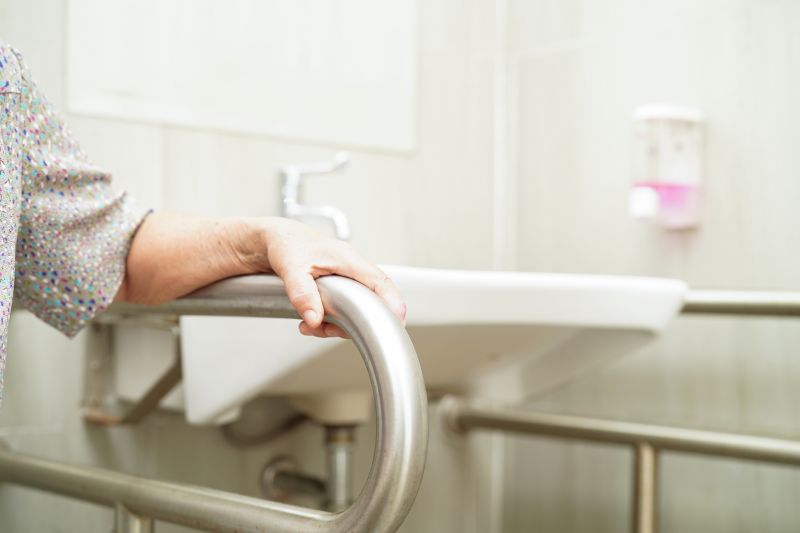
Small tweaks to make Poison Ivy Removals safer and easier to use.
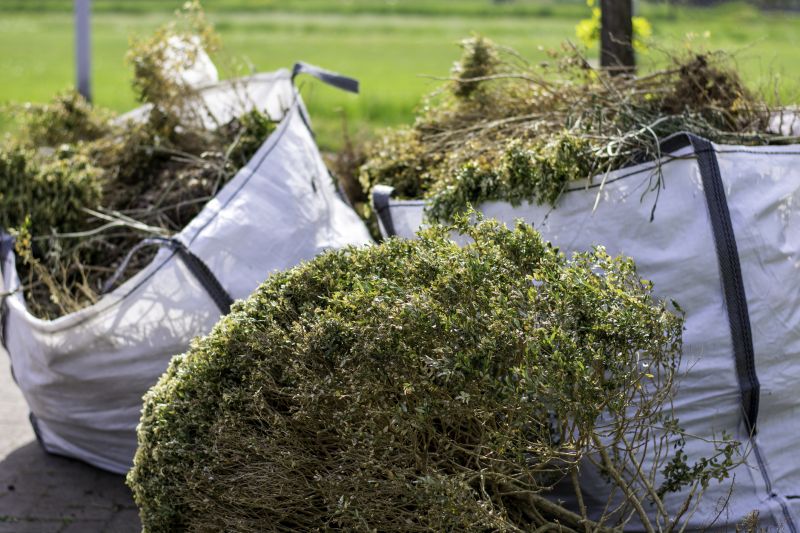
Lower-waste or water-saving choices for Poison Ivy Removals.

The short, realistic tool list for quality Poison Ivy Removals.
| Season | Poison Ivy Growth & Urushiol Potency |
|---|---|
| Winter | Dormant, no leaves, easier to identify and remove. |
| Spring | Active growth begins, urushiol levels increase, removal risk rises. |
| Summer | Full foliage, highest urushiol potency, removal should be cautious. |
| Fall | Plants prepare for dormancy, leaves change color, identification can be difficult. |
| Early Spring | Ideal time for removal due to dormancy and ease of eradication. |
Understanding the seasonal cycle of poison ivy is essential for effective removal. Timing the removal during dormancy minimizes exposure to the plant’s urushiol oil and ensures a more thorough eradication. Proper timing also prevents regrowth, reducing the need for repeated treatments and decreasing the risk of allergic reactions.
Interested in removing poison ivy effectively? Filling out the contact form can provide guidance and assistance in scheduling removal during the optimal season for safety and success.
